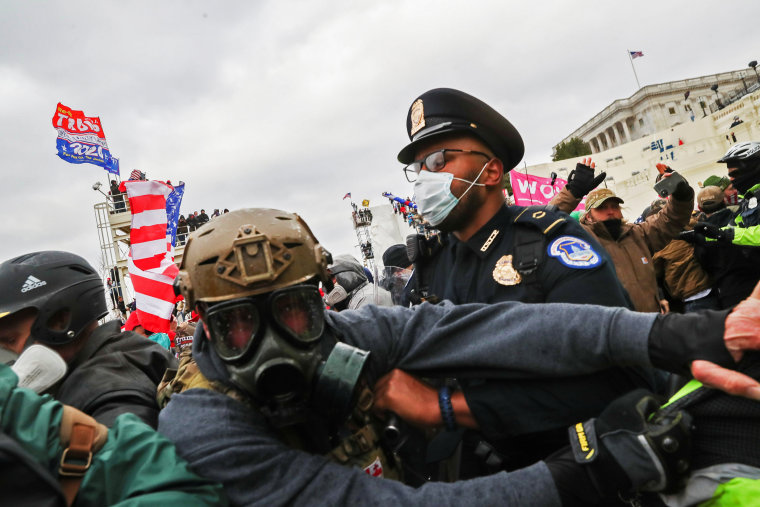Riots at the Capitol. Protests in Portland. A chaotic election. The paralyzing pandemic.
It’s difficult to wrap our minds around the scary news that’s dominated the headlines this year, let alone explain them to children.
But if anyone knows how to do it, it’s best-selling author Lauren Tarshis.
As a mom of four children (three of whom were reluctant readers) Tarshis, 57, wanted to write chapter books about real-world events. Her “I Survived” series—historical fiction that puts kids at the center of scary, real-life events—now has over 30 million books in print.
Writing about events like the Holocaust, the 9/11 terror attacks and the California wildfires, Tarshis has had to make critical decisions about what kids are mature enough to grasp … and what they’re not.
“I try to write in a language kids can understand,” Tarshis said. “But I don’t want to overwhelm them with the darkness and complexity of it all.”
As editor-in-chief of Scholastic Classroom Magazines, Tarshis created this guide to help children of all ages understand the chaos at the Capitol. She also gave Know Your Value these helpful tips for discussing current events with kids:
Younger kids are very literal, so tell them they are safe.
“It’s all about them and their family. Stress that they are safe, and their family is safe,” said Tarshis. On the flip side, she cautioned that you shouldn’t “overtalk.” There’s no need to add unnecessarily details that may be confusing.
Show kids examples of similar events that happened in the past.
Tarshis said, “It’s important for kids to know that things like this have happened before—and we’ve worked through them and come out the other side.” Though current events may seem new (mostly because they’re unique to our lived experience), most have similar historical examples we can look to for reassurance.
“The polio epidemic was so similar to our current pandemic,” Tarshis said. “There are photographs of kids in the 1930s sitting in front of radios with textbooks, listening to their teachers. So this is not the first time we have done remote schooling.”

Appeal to kids’ need for order and resolution.
When viewed from a historical perspective, events of the past have a very obvious peak and resolution. But in the moment, we don’t know when that resolution will occur, which feels unsettling.
In the case of the Capitol riot, Tarshis noted, “We can emphasize that the people who broke the rules are going to get caught and that a lot of people are working together to solve this problem. Order will eventually be restored.”
Acknowledge whatever kids may be feeling.
Tarshis recently had a heart-to-heart with her youngest child about the pandemic. “I acknowledged that it was scary and overwhelming and that her feelings were justified. To her, it felt like a relief to hear that,” Tarshis said. Don’t be dismissive or lie to kids—naming and accepting their feelings helps kids feel understood and loved.
Inspire and empower kids, especially teens.
“Show kids what they can do and how they can help make a difference in their homes and communities,” said Tarshis. “They can channel uncertainty into concrete action.” She pointed to examples of young people making a difference during the pandemic: kids have written letters to people who are isolated and organized food drives, among other things.
Even with the riot at the Capitol, which seems like a “grown-up problem,” there’s always something kids can do—they can send thank you letters to the staff cleaning up the mess that the rioters left behind.
Look to the future.
It’s very easy to get stuck in the moment during an intense event. So even though you may be discussing current events, don’t forget to point kids toward the future. Tarshis suggested saying: “I promise you that a year from now or two years from now, you’re going to be talking about this time. You’ll be proud of how you managed it.”
It’s important to note that all children deal with news differently. Some may pepper you with questions, while others may not be aware. So be sure to tailor your response to each individual child. “The bottom line is that though there are different approaches for every age level, every child is different,” said Tarshis.
